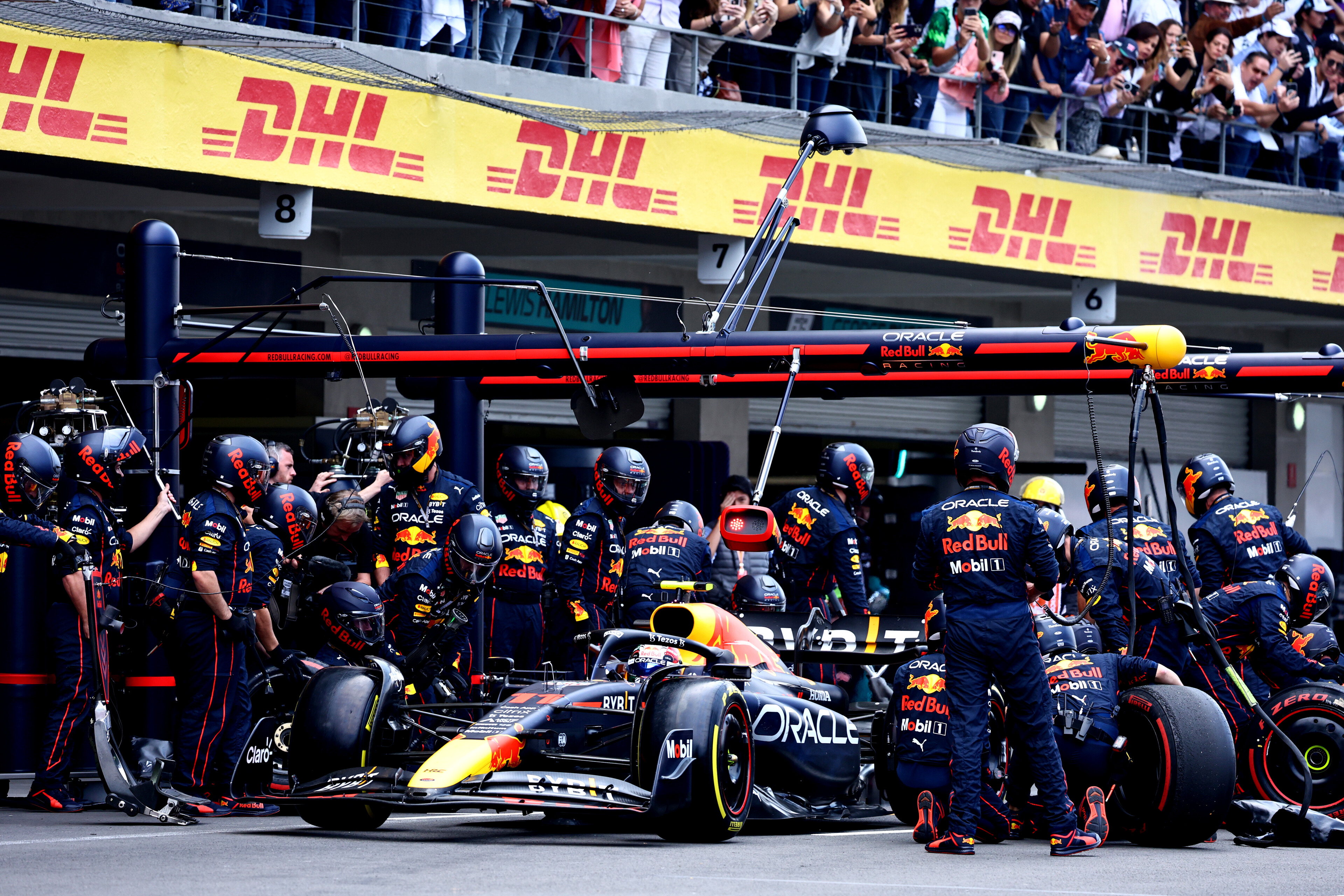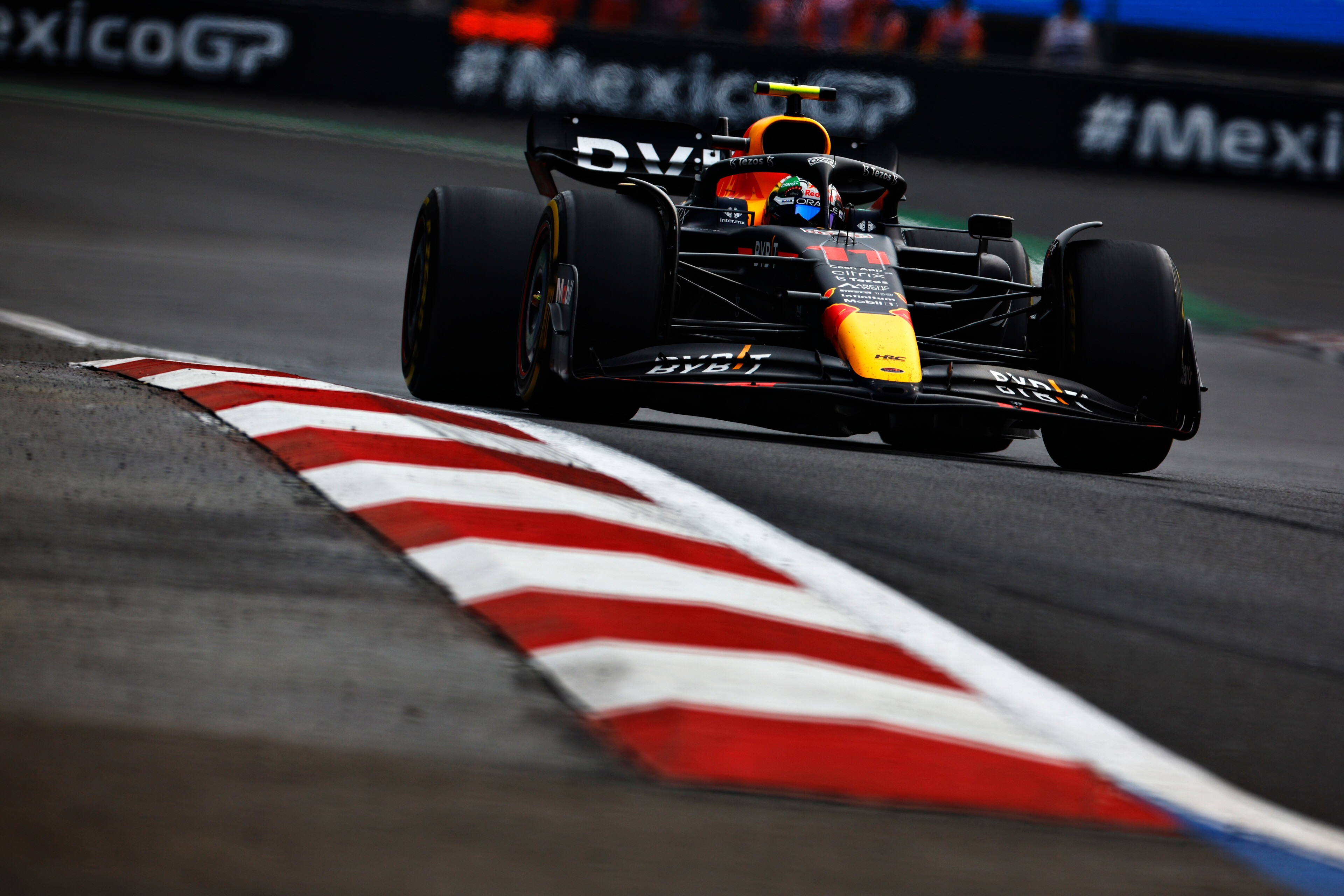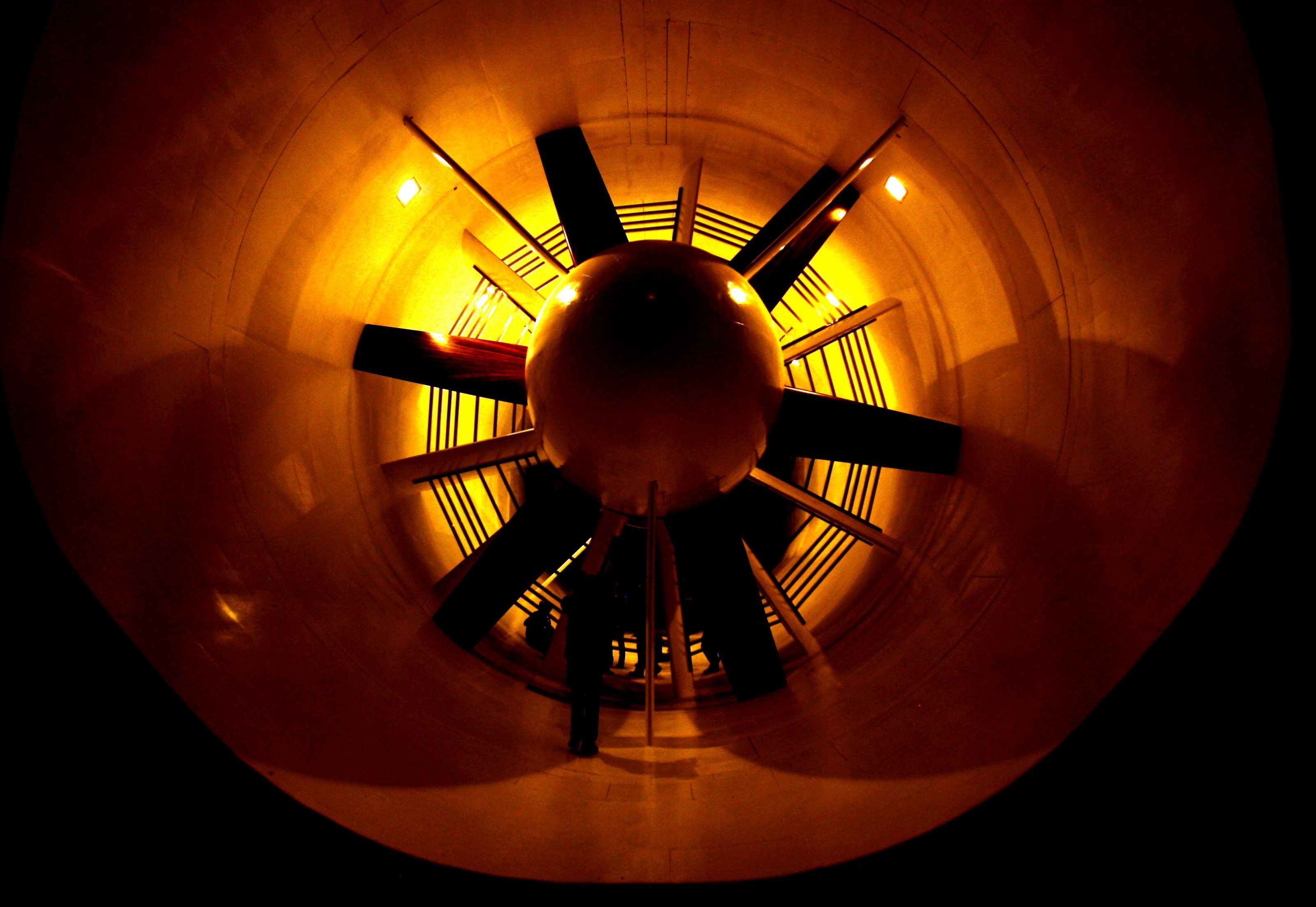Up Next

Red Bull is investing in a new windtunnel as one of the last commitments made by Dietrich Mateschitz to the Formula 1 operation.
Since Red Bull bought the Jaguar team in 2004 it has used the old Arrows windtunnel, which was repurposed for F1 use having existed as an aircraft development facility since first operating as RAE Bedford in 1946.
The windtunnel, referred to recently as a “relic of the Cold War” by Red Bull team principal Christian Horner, has limitations with temperature control because of the size and age of the building that houses it.
It had been reported earlier this year that Red Bull was planning a new windtunnel that would take two years to build and be part of its technology campus in Milton Keynes, bringing together all facets of the car and engine design and production in one location.
Although it is unclear what stage the project is at, Horner has told The Race it will happen.

“It was one of the commitments that Dietrich made to the business, to invest in a new tunnel,” he said in reference to Red Bull co-founder Mateschitz, who died in October.
The existing windtunnel came into the spotlight during the Mexican Grand Prix weekend in connection with Red Bull’s penalty for breaking F1’s budget cap in 2021.
It has been hit with a 10% reduction in the aerodynamic testing allowance it is permitted for the next 12 months and Horner said that punishment would be felt hard by Red Bull because of the windtunnel’s inefficiencies.
In addition to properly regulating the temperature of the windtunnel, Red Bull’s takes time getting up to the maximum wind speed that makes for the most reliable measurements.
Some of the time taken to reach this speed is also calculated within the testing limitations.
The decision to build a new windtunnel was taken well before the budget cap saga even began, let alone when the penalty emerged, and will not be built until long after Red Bull’s penalty has expired.
It is an investment made because Red Bull feels its hand was forced by the gradual increase in restrictions on aerodynamic testing, which has put an increasing emphasis on efficiency.

While it would have preferred to avoid investing in a new tunnel it has effectively decided that in the current era of F1, its current facility is too outdated.
“Once the tunnel regulations were introduced, then the efficiency of our tunnel just wasn’t comparable with where the regulations are going,” said Horner.
“It forced our hand that we needed to make that big capital investment.
“So, that’s what we’ve chosen to do.”
The investment could have a limited value to Red Bull as, like McLaren and Aston Martin, it is building a new windtunnel at a time F1 has tentatively discussed a ban on windtunnels in 2030.
This proposal had initial support from a majority of teams last year but without any real details when it was discussed this is not necessarily indicative of whether it will actually happen.
Those who are opposed to the ban see the tunnels as major capital assets that would be a blow for teams to lose.
In recent years Red Bull and its technical chief Adrian Newey have been strong champions of F1 ditching windtunnels altogether and moving entirely to CFD development.

Horner said: “When you look at the way the world’s going, simulation is playing a bigger and bigger role.
“We should have been brave enough to look at walking away from tunnels in the future.
“But unfortunately there was a fear-based culture, rather than an embracing one.”






